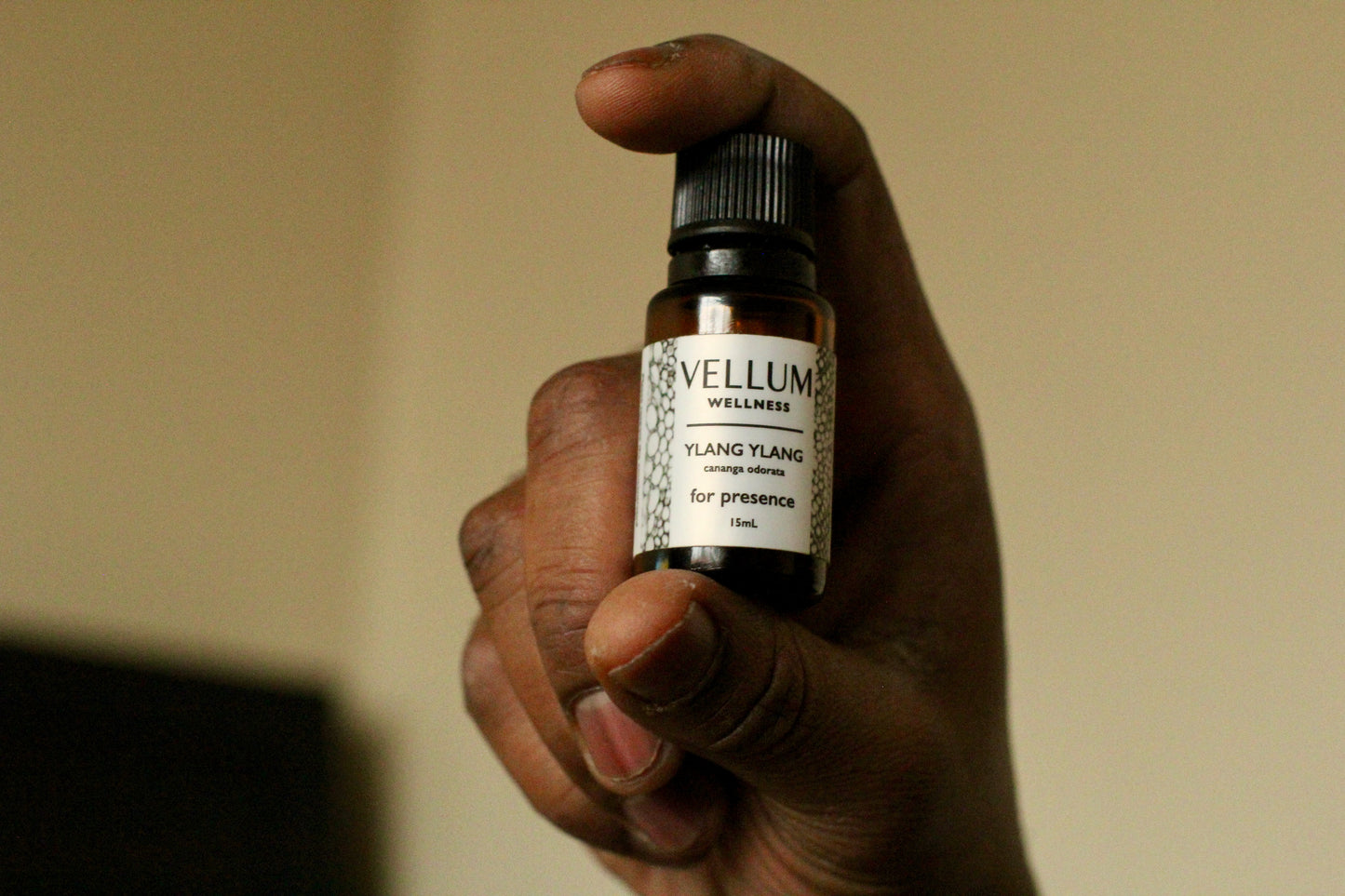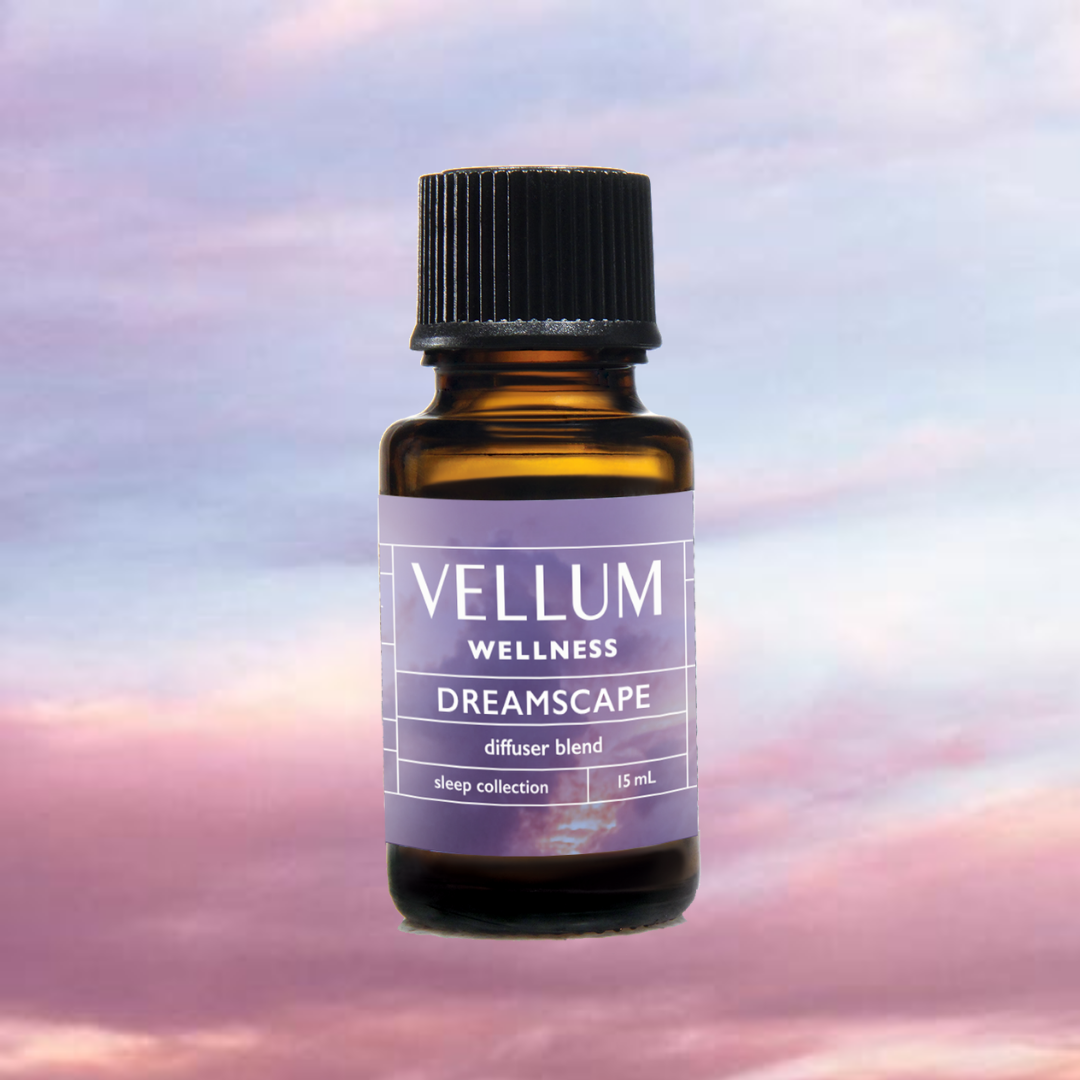
FUNCTIONAL FRAGRANCES
We chatted with Jenna Rose Igneri from Nylon magazine about one of the soon to be biggest trends in the beauty industry - functional fragrances.
We started from the beginning, explaining how functional fragrances stem from aromatherapy, and explained how many perfumes contain alcohol and other petrochemicals such as acetone, ethanol, and benzaldehyde which block out our ability to receive the therapeutic benefits of essential oils. Essential oils are at the base of many luxury perfumes, along with a slew of other chemicals and synthesized, lab created fragrances. Mental benefits found in Mental Essentials oils are naturally occurring in nature and their effects can't be replicated in a lab.
Below is a condensed version of our feature in Nylon - read the original article from Nylon here.
[caption id="attachment_1974" align="aligncenter" width="638"] ILLUSTRATED BY LINDSAY HATTRICK[/caption]
ILLUSTRATED BY LINDSAY HATTRICK[/caption]
Are Functional Fragrances The Next Big Wellness Trend?
Article from: Nylon
Written by: Jenna Rose Igneri
With a new year approaching, bringing tons of beauty launches with it, functional fragrances might just be shaping up to become one of 2019′s biggest beauty trends. But what is it that makes a fragrance fall into the “functional” category? It all has to do with aromatherapy.
First things first, what exactly is aromatherapy? Amy Galper, co-founder of the New York Institute of Aromatic Studies, explains it as follows:
It’s an integrative wellness practice and mind-body experience. As the actual physical molecules of the plant enter our physical body via our bloodstream—either by breathing it into our respiratory system or applying it topically to the skin—the same aromatic molecules also have a great effect on our unconscious mind, which controls all physiological, emotional, and psychological responses. That said, a key—and most profound—benefit of using scent/aroma is to help us mitigate our stress responses and trigger certain neurological responses that can improve our health.
Though Galper speaks of aromatherapy as a means of managing stress, it can have much more profound and powerful effects. “Scent is perhaps one of the most evocative of the senses,” says Adora Winquist, co-founder of Adora Therapy and essential oil formulator. “Due to the proximity of the nose to the brain, and specifically the limbic system, which holds and connects memory and emotion, we have the ability to shift our mood in the moment. We can literally shift the trajectory of our emotional response to a more positive, empowering perspective.”
The right essential oils or essential oil blends claim to do everything from relax, energize, address pain, improve skin, and support the immune system to balance mood and emotions. “Aromatherapy is a supportive process to re-wire negative patterns by gently clearing old emotions and mental associations and creating new positive affirmations and experience,” says Winquist, “Through using scent and intention we can quickly and easily influence our mental-emotional terrain and, therefore, our overall health and well-being.”
For a fragrance to offer aromatherapy benefits and be considered functional, Winquist explains, the formula must contain essential oils—and the purer, the better. “A product must be made with essential oils for it to be considered aromatherapy, but even here there is a bit of a rub, as there are varying degrees of quality and efficacy dependent on the purity of the raw materials.”
Like with many other product categories in the beauty and wellness sphere, it’s important to know where ingredients are being sourced from—even with natural products. Alyson Charles—spiritual teacher, speaker, and shaman—explains that, as someone who regularly works with plant medicines in the form of essential oils, it’s crucial to know where and how a plant was sourced—as it can greatly affect its purity and efficacy. She doesn’t consider an essential oil true aromatherapy if the oil or scent has been mixed with cheaper oils (a practice that can be used to lower a price point or mass market a product), or is a synthetic version that resembles the scent of the plant.
However, it is important to note that many essential oils are diluted in order to be applied directly to the skin, safely. “For something to be considered aromatherapy, it must be 100 percent pure essential oil, with no additives,” says Sarah Kaur, co-founder of essential oils brand Vellum Wellness. “Often time, essential oils are commonly mixed with base oils—for example, almond, grapeseed, or jojoba oil—to make them safe for topical use. This is still considered aromatherapy, as the base is also natural and often cold-pressed, and is a safe way of applying essential oils directly onto the skin.”
With all that said, don’t expect to reap any benefits from your everyday perfume. “Aromatherapy is a practice of using scent to support and promote well-being. Perfume is really all about art. A perfumer builds an aesthetic scent landscape and tries—like a painter or musician—to evoke feeling and beauty. So, although both are using scents and similar palettes, their intention is very different,” says Galper. This is technically the difference between aromatherapy and aromachology, which deals with the psychological—not therapeutic—effects that scent has on the brain.
That, and the fact that most perfumes and colognes are formulated with synthetic fragrances.
Synthetic or artificial fragrances or fragrance oils that don’t contain any actual plant matter or any of the benefits found in plant matter are a whole different story. “Synthetic fragrances will give you the same consistent scent, viscosity, and texture every time, yet they’ll never be able to communicate with our brain’s limbic system the same way natural plant matter does, meaning they won’t have the same impact on mood, or the same healing powers for our bodies,” says Christina Kaur, co-founder of Vellum Wellness. She points out that if a product’s ingredient label contains the words “parfum” or “fragrance,” it’s a pretty clear indicator that it contains a synthetic.












